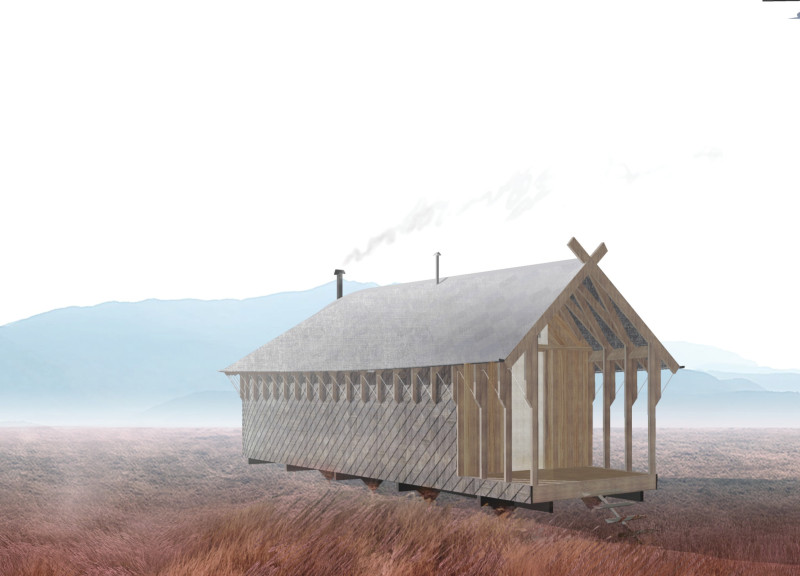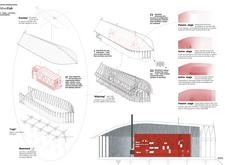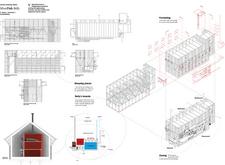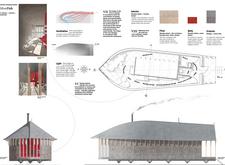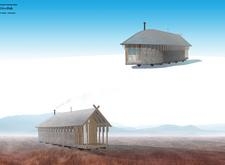5 key facts about this project
**Project Overview**
Located in [insert geographical location], this architectural design integrates contemporary principles with the surrounding environment, aiming to enhance the site while addressing contextual challenges. The design seeks to create a harmonious living space that reflects local culture and responds to the ecological demands of the area.
**Spatial Strategy**
The design is characterized by a thoughtful spatial organization that prioritizes functionality and user experience. Open layouts facilitate social interaction and connectivity among occupants, while private areas are articulated through strategic zoning. Notable features include [describe notable spatial elements, e.g., flexible multipurpose areas, dedicated community spaces], which foster an inclusive environment. Additionally, the arrangement of spaces leverages natural light, with large openings positioned to frame views and enhance the connection to the outdoors.
**Materiality and Sustainability**
A deliberate selection of materials underscores the project’s conceptual narrative. Concrete serves as the primary structural element, providing robustness and adaptability to various forms. Wood, including [specify type], is utilized for cladding and interior finishes, contributing warmth and a connection to local architectural traditions. Extensive use of glass maximizes daylighting and visual connectivity, while steel components ensure structural integrity and support open spaces.
Sustainability is a fundamental aspect, evidenced by the incorporation of renewable energy systems, such as [solar panels or green roofs], and energy-efficient technologies. Rainwater harvesting systems further enhance the building's ecological profile. The material choices and strategic design solutions collectively aim to minimize the environmental impact while delivering a functional, aesthetic space.


